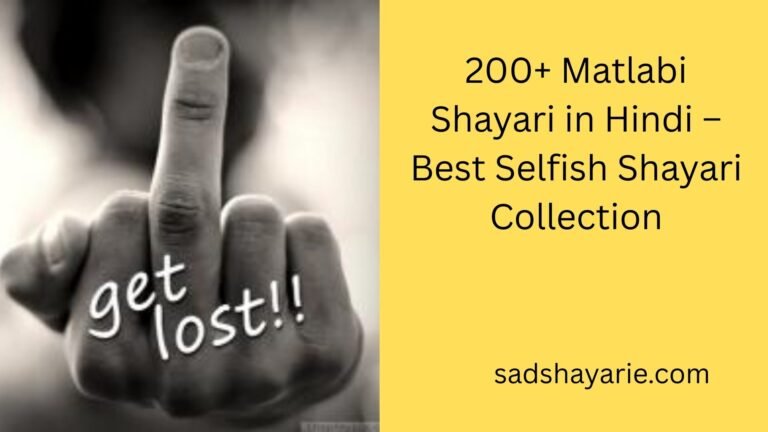
By a Poet with Ink on Their Soul
And in between the blow of a monsoon wind and in the pulse of an old ghazal, Shayari exists. It is not only poetry; it is the code of the heart, the sound of every silence. But put ten Shayars to you, and you will get a seaful of sentiments–some rapping briskly like shoemakers, some drifting about like dandelion floss in a wind-storm.
What then is the judgment? Should I rhyme, or not rhyme (what a question, dear reader)?
Romance of the Rhyme Scheme
The rhyme has an irresistible appeal. Rhyming couples are like two lovers who always take the final train together, they seem comfortable and to have a destiny. Think Mirza Ghalib, and his clean, singing cadence,–each line a thread of silk gathering meaning at the end. Rhyming Shayari is like a dance with every step a footful of a waltzing waltz.
The style embraces tradition. It tips the hat to metre, deifies form and insists on accuracy. Had rhyme been a suit, it would be sewed to the thread of perfection, embroidered with Urdu finesses and Persian scents.
However the catch is that it is not simple. Rhyming Shayari does not only demand poetic sensitivity but rather command of a language gymnast. It is no good racking up a succession of sweet-sounding lines, they have to *mean something*.
The Free Flow-Fire
Picture in your mind now the poet as rebellious, with bare feet and ink stained fingers and in the midst of a storm he writes. This is the free-flow Shayari form that is unrhymed, unruly and raw with realness.
Modern Shayars often take this path. They let the emotion speak louder than the structure. No leash. No rhyme. Just rhythm found in chaos. Think of it as jazz for the soul—unexpected, alive, and entirely yours.
This style has become the darling of spoken word circles and Instagram poets who prefer the punch over the polish. It’s where heartbreak is told with a cigarette’s last drag, where revolution whispers from torn pages.
So… Who Wins?
That’s like asking whether the moon writes better poetry than the sun. Both rhyme and free-flow have their place. Some poems are best when they glide. Others must punch, jab, and tumble down the page like a drunken confession.
Poetry isn’t a sport—unless you’re betting on feelings. Speaking of odds, even online platforms like 22Bet have expanded their arenas beyond sports, embracing communities that find art in unpredictability. And isn’t that what poetry is? A gamble with emotions, a bet you place on the heart’s trembling voice.
The Real Deal: What Should You Choose?
Ask yourself: are you a builder or a stormchaser?
- If you like the sound of raindrops falling in sequence, try rhyme.
- If you want thunder in your words, let the lines run wild.
Here’s a cheat sheet (because we love a good list):
Rhyme is for you if:
- You admire classical poetry.
- Structure helps your creativity.
- You obsess over wordplay.
Free-flow is for you if:
- You write from instinct.
- You like surprises.
- You value mood over melody.
In Conclusion: The Heart Knows
Whether your lines tiptoe in rhyme or run barefoot in the wild, Shayari is still Shayari. It’s a mirror to your soul, cracked or polished. Just write. Break rules. Or follow them. But never silence the voice inside.
Because in this unpredictable world—where even betting feels like poetry in motion—your words might just be someone else’s lifeline.


